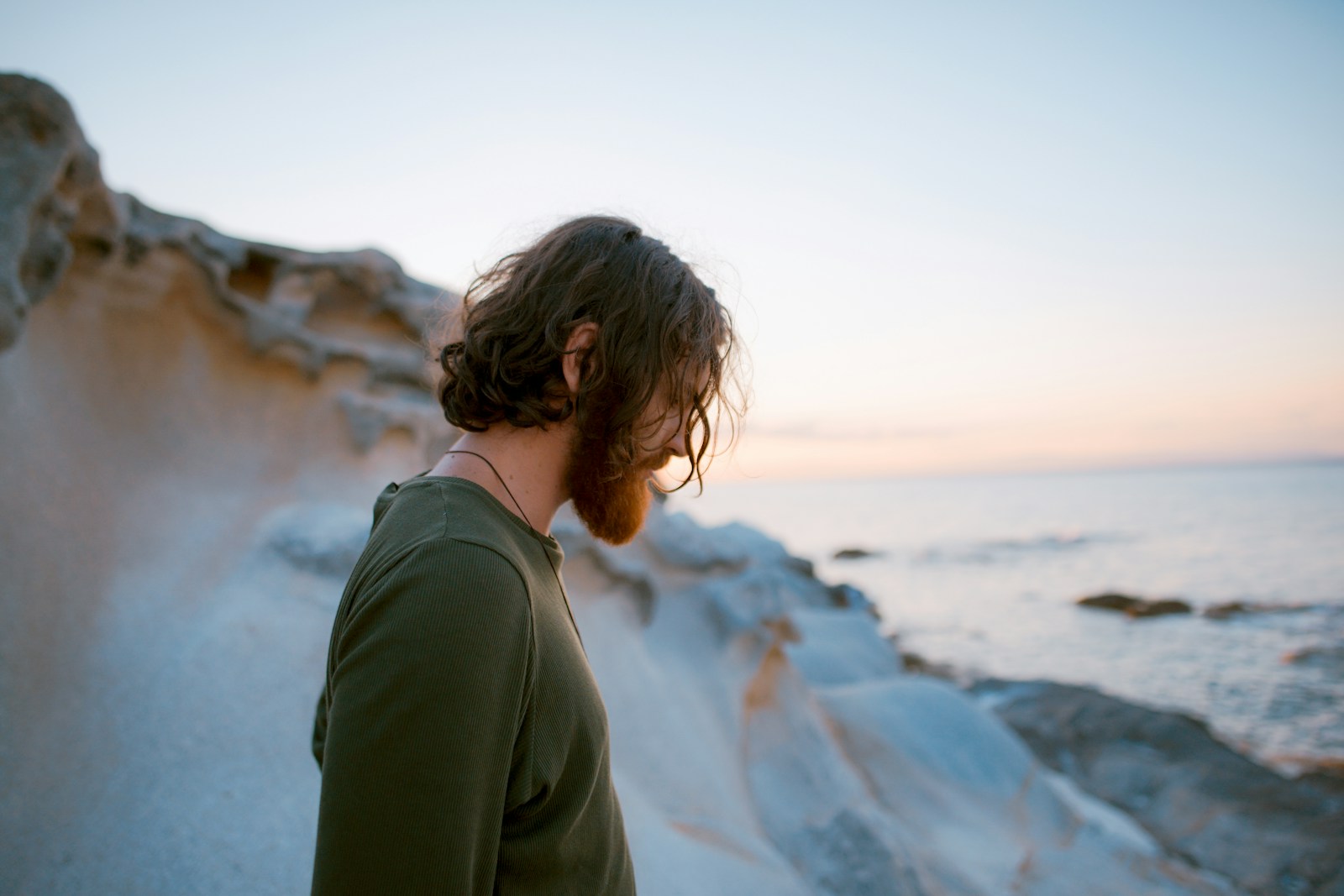In the era of micro-dissection sperm retrieval (m-TESE) is an isolated testicular biopsy necessary in the management of men with non-obstructive azoospermia?
OBJECTIVES: To assess the outcome of sperm retrieval using micro-dissection-TESE (m-TESE) and simultaneous diagnostic biopsy in NOA to determine if the final definitive histology correlated with the outcome of sperm retrieval by m-TESE in men with NOA. To determine if there was a correlation between FSH levels and positive sperm retrieval rates and assessed the success rate of m-TESE as either a primary or a salvage procedure after previous negative sperm retrieval. The EAU guidelines (2010) recommend that in men with non obstructive azoospermia ‘a testicular biopsy is the best procedure to define the histological diagnosis and the possibility of finding sperm’. However, these guidelines do not identify which patients should have a diagnostic biopsy and if this biopsy should be performed as an isolated procedure or synchronously with sperm retrieval. It is also suggested that there is a correlation between the histological diagnosis and possibility of finding sperm on testis biopsy.
PATIENTS AND METHODS: 100 men with NOA underwent a m-TESE sperm retrieval between 2005 and 2010 at a single centre. All patients underwent hormonal analysis (serum FSH, Testosterone and LH levels) and genetic analyses after full counselling including; Y-deletion, CF-gene analysis and karyotype. Thirty five men had previously undergone unsuccessful TESA/TESE or diagnostic biopsy at other centres. All patients underwent synchronous sperm retrieval and biopsy of the testis, which was sent for histopathological examination on the day of an ICSI cycle or as an isolated procedure.
RESULTS: Mean age of patients was 37.25 (range 29-56 years). The mean serum FSH levels in the Sertoli cell only, maturation arrest and hypospermatogenesis groups were 21.3 IU/L (2.8-75), 16.18 (1.6-67) and 14.17 IU/L (0.8-42.3) respectively. SR rates in the respective groups were 42.85%, 26.6% and 75.86% (P= 0.023). There were no post-operative complications. In the 35 men who had previously undergone unsuccessful procedures elsewhere, the SR rates were 57.1%. The overall sperm retrieval rate was 50%. There was no correlation between SR and FSH levels (P= 0.28).
CONCLUSION: M-TESE should be considered the gold standard for retrieval of testicular sperm in NOA, even in cases where there has been previously unsuccessful attempts. FSH levels and histology cannot be used to predict the success of sperm retrieval. An isolated diagnostic testicular biopsy is not recommended in men with NOA, as a significant proportion of men undergoing m-TESE will have successful a sperm retrieval irrespective of previous histology or previous unsuccessful surgery.
Kalsi J, Thum MY, Muneer A, Abdullah H, Minhas S.BJU Int. 2012 Feb;109(3):418-24. doi: 10.1111/j.1464-410X.2011.10399.x. Epub 2011 Aug 26.
PMID: 21883824
https://onlinelibrary.wiley.com/doi/full/10.1111/j.1464-410X.2011.10399.x





